Why do muscles get sore after exercise?
Why do muscles get sore after exercise? We take a look at the research and ask an expert to explain
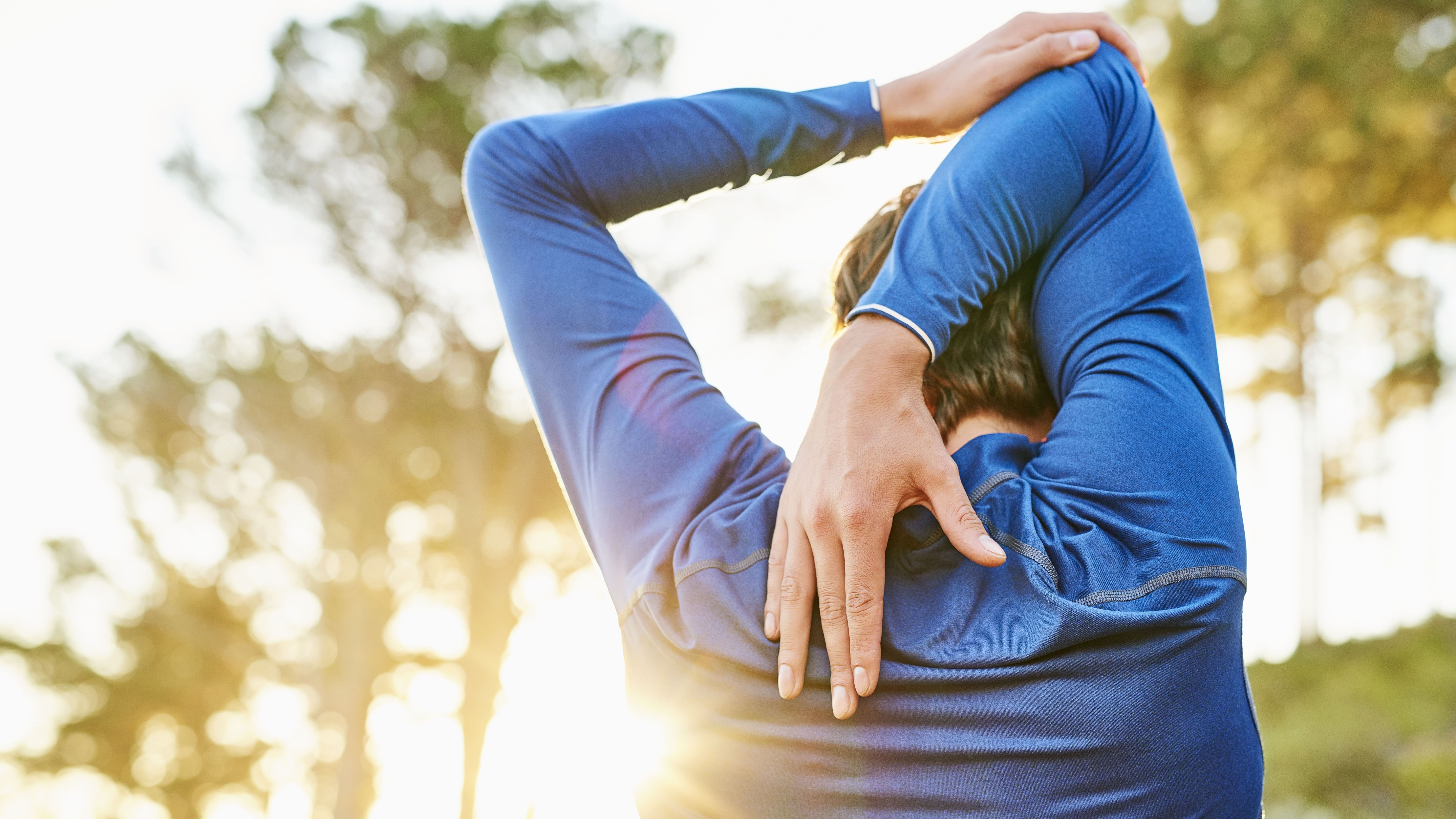
Why do muscles get sore after exercise? It’s a question you may have found yourself asking if you tend to feel a degree of discomfort after pounding it out on one of the best treadmills or cycling along your favorite trails. The good news is, you’re not alone.
Muscle soreness after exercise is something any regular exerciser has likely faced at some point and has to do with undertaking exercise that your body isn’t used to. When you exercise in the same way each day, your body gets used to working particular muscle groups, but if you start a new fitness regime or workout for longer than usual, you may find yourself waking up the next day with sore muscles.
To help you understand everything you need to know about why muscles get sore after exercise, we spoke to an expert and analyzed some of the latest research on the topic. We also share some of the best ways to help with muscle soreness after exercising, including the best foam rollers to have on hand to soothe that post-exercise ache.
Why do muscles get sore after you workout?
First things first: why exactly do your muscles sometimes hurt after exercising? Muscle ache after exercise is sometimes referred to as Delayed Onset Muscle Soreness (DOMS) and refers to the soreness you get following a workout session, which often doesn’t set in until the next day.
Muscle soreness usually occurs when you undertake exercise that your body isn’t used to, either because it’s a new type of exercise or it’s more strenuous than usual. However, this isn’t limited to newbies getting into exercise for the first time. Even athletes who exercise on a daily basis can experience muscle soreness after exercise when they practice a new sport or try out new skills.
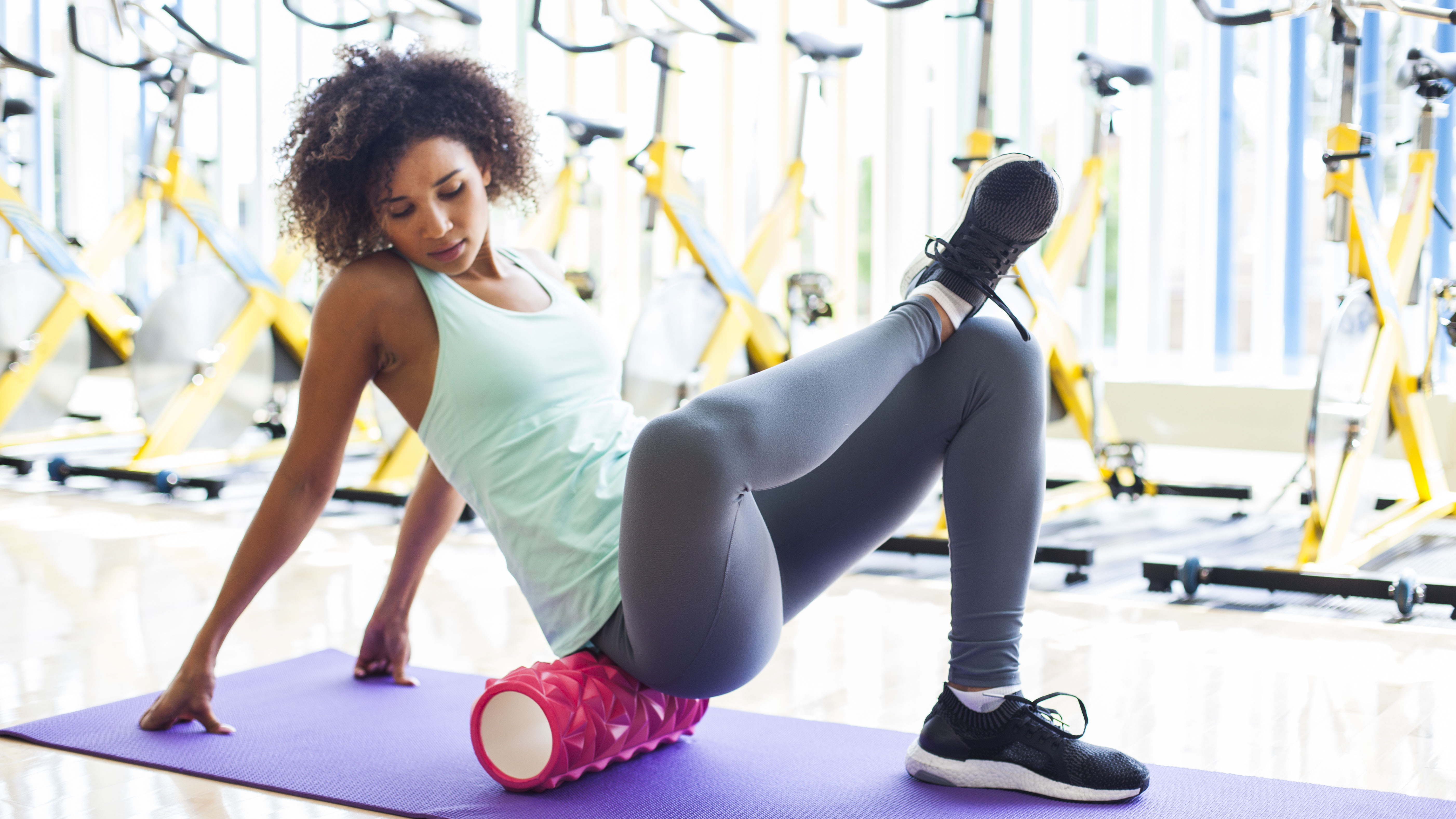
Experiencing aching muscles in the days following exercise is different from “the burn” you might feel during exercise itself. While aching muscles during active exercise is thought by some to be caused by a build-up of lactic acid, the soreness you feel following exercise is commonly believed to arise from micro-damage caused to the muscle and the inflammation that follows.
There are new theories challenging this. One 2020 study, published in the journal Antioxidants, suggests that post-exercise soreness may be linked to compression to nerves in the muscles rather than tissue damage. However, more research is necessary to investigate this theory.
Speaking to Live Science, exercise physiologist and CEO of JAG-ONE Physical Therapy, John Gallucci Jr. told us: “With thirty minutes or more of physical activity our muscles are activated, and post-workout soreness is due to our muscles repairing themselves. Soreness is a good indicator that you have pushed yourself in a workout, however this should not be to an excessive degree to the point where you are in severe pain.”
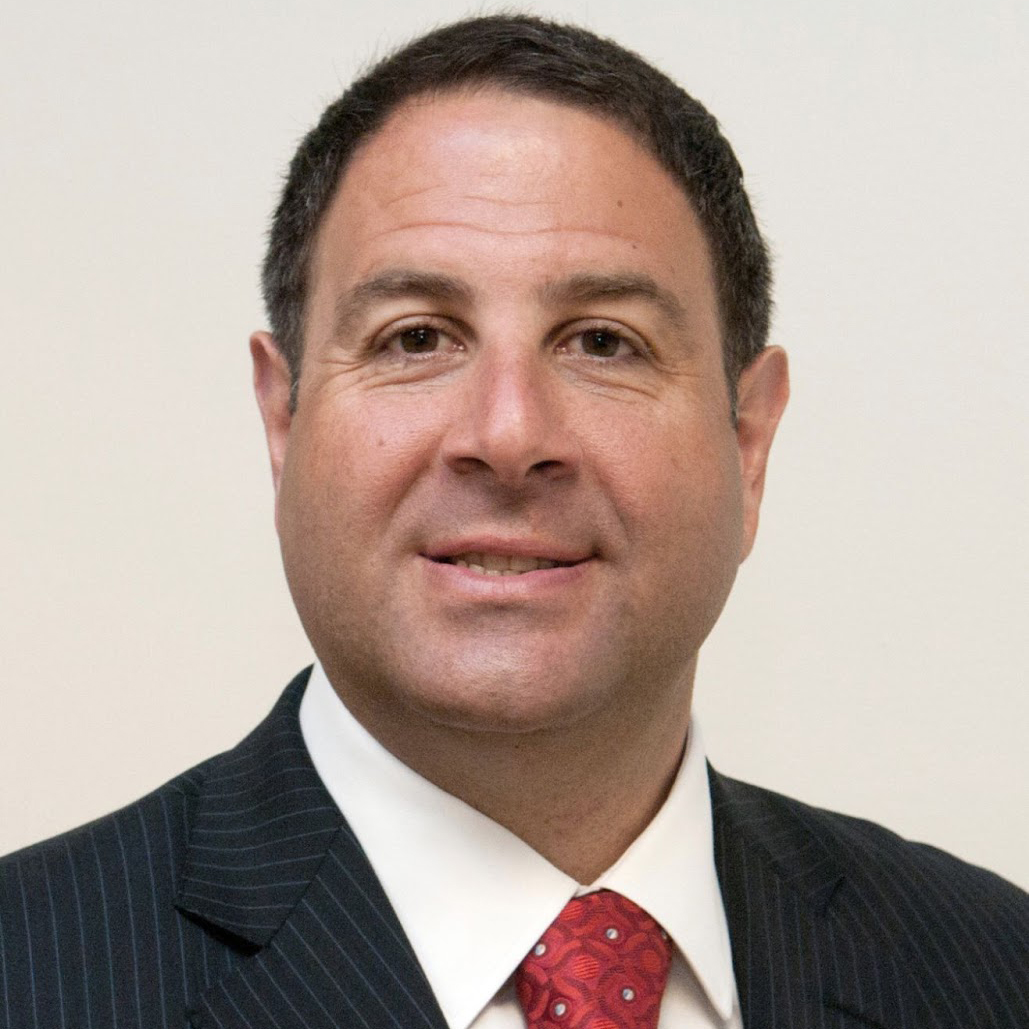
John Gallucci Jr., MS, ATC, PT, DPT, is the CEO of JAG-ONE Physical Therapy and sits as the Chair of the New Jersey Council on Physical Fitness and Sports. Gallucci is the Medical Coordinator for Major League Soccer (MLS) and previously served as the Program Director of Saint Barnabas Health’s Sports Medicine Institute. He is also the former head athletic trainer of the New York Red Bulls MLS team, a sports medicine consultant for professional athletes and has worked in various university athletic departments.
Are sore muscles a good sign?
Sore muscles after exercise can be a sign that your muscles are getting stronger and that you have pushed yourself in your workout. Despite this, you should not push yourself to the point that you are in extreme pain. You also need to make sure to give yourself adequate rest days to recover from exercise.
Gallucci advises to undertake ‘active recovery’ when you are experiencing sore muscles in the days after exercise. Active recovery refers to less strenuous activities undertaken after an intense workout, which will give your muscles a chance to rest while still keeping your body active. “Examples of an active recovery day include walking, cycling, yoga, and swimming,” he says.
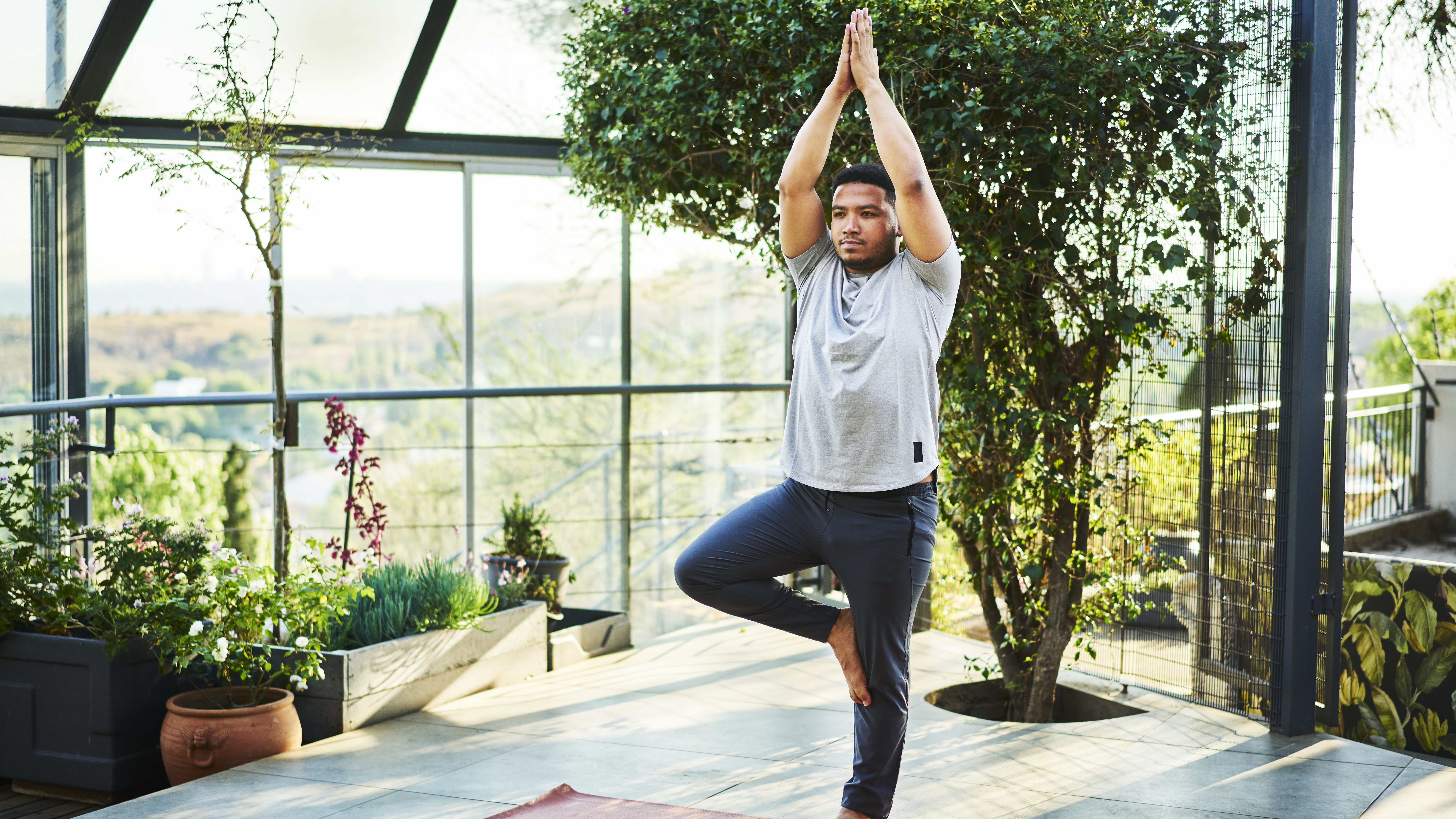
Can I workout if my muscles are sore?
Generally, it is okay to workout while still experiencing soreness from previous exercise, as long as you’re sure you’re not experiencing an injury. Importantly, as Gallucci says, it’s vital to “ensure you are not compensating or changing your body mechanics due to the soreness, because that could cause further injury.”
As for how long you can expect muscle soreness to last, a 2015 review published by the Journal of Physiological Sciences found that delayed-onset muscle soreness usually comes on following a pain-free period of 12-24 hours, peaks in intensity between 24-72 hours and disappears entirely within seven days of the exercise. If you’re still experiencing pain beyond this time, you may have an injury and should seek medical advice to be on the safe side.
How to get rid of sore muscles
Although muscle soreness may be a common part of any new sport or exercise routine, there are ways you can help prevent it or lessen its effects when it does occur.
Gallucci told us that one of the best ways to reduce muscle soreness is adequate hydration, explaining: “Ensuring you are drinking enough water can help ensure the body delivers nutrients to the muscles and can decrease inflammation.” This is followed by making sure you’re getting enough sleep, as the body does vital repair work when sleeping which will help your body recover.
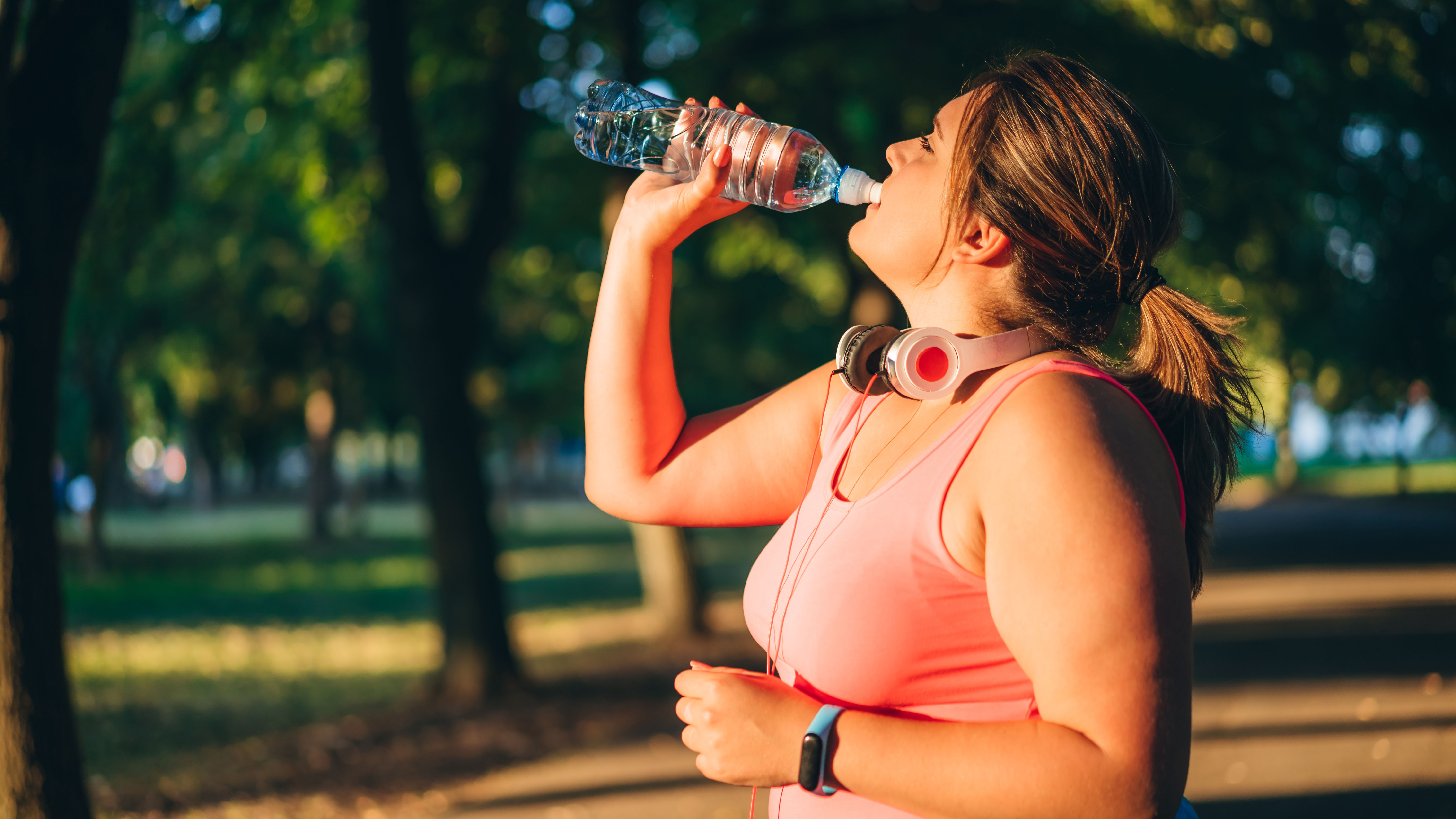
You can also reduce the risk of injury during exercise by stretching the muscle group you’ll be working out before the workout with dynamic stretches — active movements where joints and muscles go through a full range of motion — and post-workout with static stretches. However, it’s still not completely clear whether stretching can prevent muscle soreness from occurring in the first place.
A 2011 review of twelve studies found that muscle stretching does not produce clinically important reductions in delayed-onset muscle soreness in healthy adults, although there was a very small reduction in soreness the day after exercise.
Using a foam roller following exercise can also help with muscle soreness, as well as helping to increase your range of motion, flexibility, and mobility while boosting circulation and lymphatic flow.
This article is not meant to offer medical advice and readers should consult their doctor or healthcare professional before adopting any diet or exercise regime.
Sign up for the Live Science daily newsletter now
Get the world’s most fascinating discoveries delivered straight to your inbox.
Rachel is a freelance writer and editor, based in the UK, specializing in entertainment and lifestyle content. When not writing, she enjoys yoga, travel and obsessing over tiny dogs. She writes reviews, articles and round-ups for several Future Plc sites, including Fit&Well and Top Ten Reviews.











